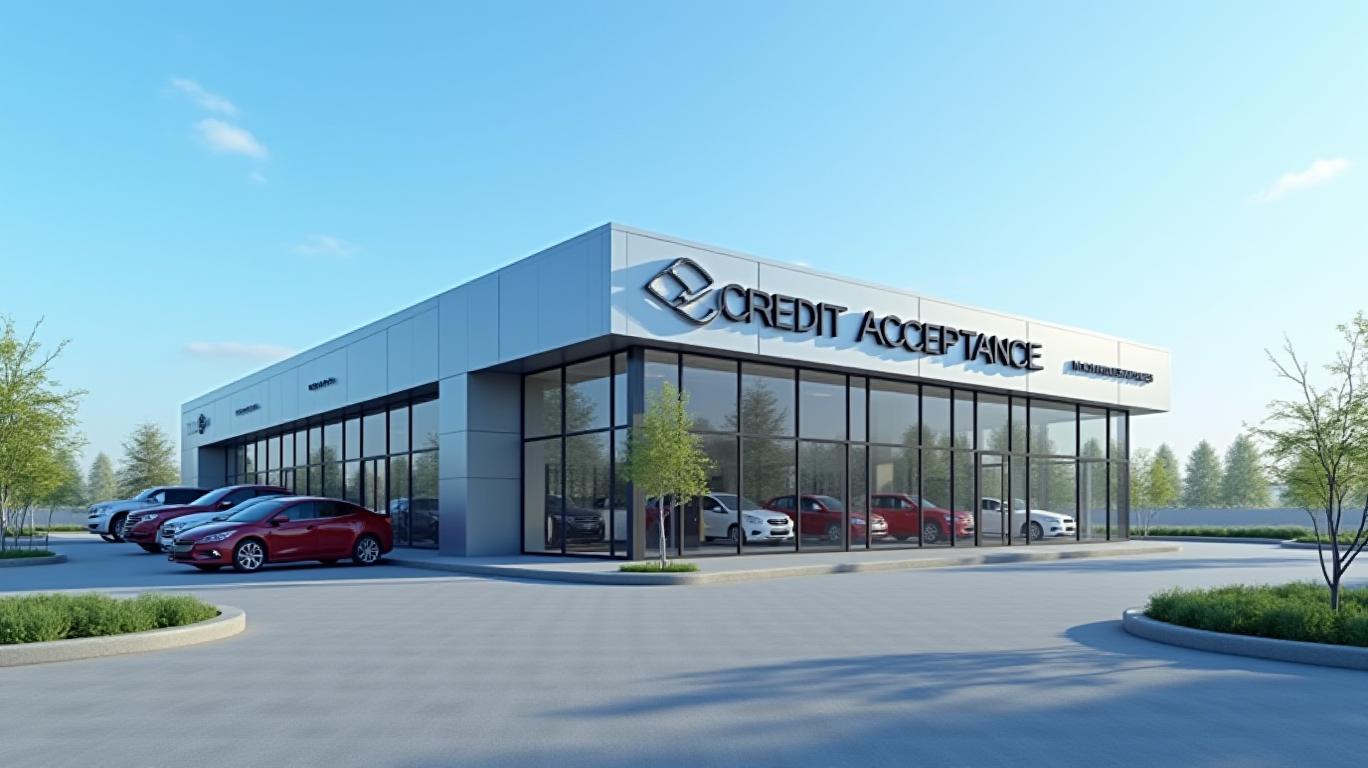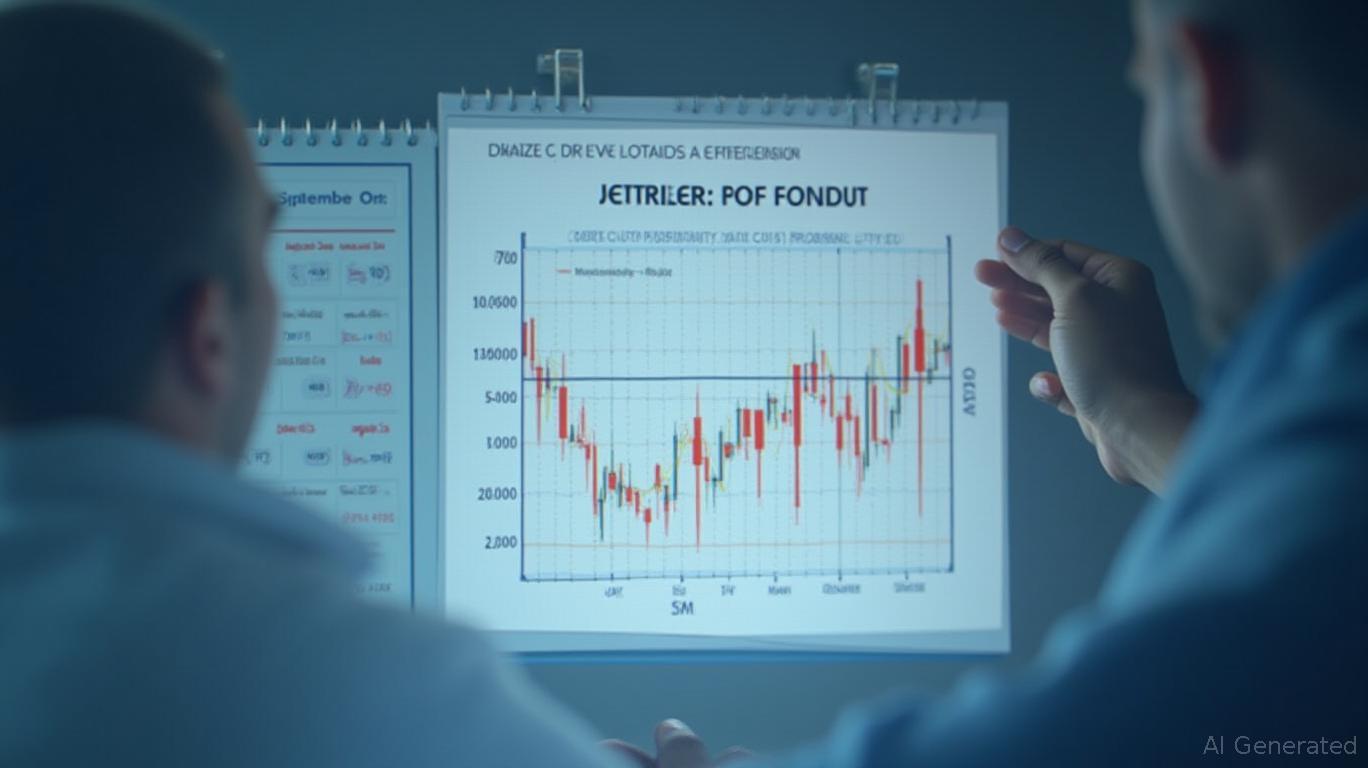Credit Acceptance’s Q1 Revenue Beat Masks Persistent Debt Challenges
Credit Acceptance Corporation (NASDAQ: CACC) delivered a modest revenue beat in its Q1 2025 earnings, reporting $571.1 million in revenue versus the FactSet consensus of $567.2 million. The results, however, come against a backdrop of heightened scrutiny over the company’s financial leverage and competitive positioning in the auto financing sector.  .
.
Revenue Growth, But Margins Under Pressure
The company’s top-line performance reflects steady demand for its subprime auto financing services. Management attributed the beat to strong loan origination volumes and disciplined pricing strategies. However, net income came in at $154.3 million, yielding an EPS of $9.67—slightly below the $9.72 estimate—due to higher-than-expected provision for credit losses. This underscores a growing tension between revenue growth and margin preservation.
Debt-to-Equity Ratio Remains a Red Flag
Credit Acceptance’s debt-to-equity ratio of 3.63 continues to raise concerns. While the company has historically relied on asset-backed securitizations to fund its loan portfolio, rising interest rates and tighter credit conditions could amplify refinancing risks. Management emphasized its liquidity position, citing $300 million in undrawn revolving credit facilities. Yet, with a 5-year debt/equity ratio trend showing no meaningful improvement, investors remain cautious.
Peer Comparison: Lagging in Efficiency Metrics
Relative to peers like Enova International (ENVA) and FirstCash Hldgs (FCFS), Credit Acceptance lags in return metrics. Its ROE of 8.95% and ROA of 1.73% trail Enova’s 12.4% ROE and 3.2% ROA. Even FirstCash, which reported a 4.07% ROE, outperforms CACC’s efficiency. This suggests the company may need to reevaluate cost structures to remain competitive.
Guidance: Neutral Outlook Amid Mixed Signals
Despite the revenue beat, Credit Acceptance’s guidance for 2025 was cautiously framed. Management forecast full-year revenue growth of 5-7%, down from 2024’s 14.89% expansion. The muted outlook reflects macroeconomic headwinds, including slower consumer credit growth and increased competition from fintech lenders.
Analyst Sentiment and Valuation
Analysts maintain a Neutral consensus, with an average 12-month price target of $475—implying a 2.6% downside from its April 30 closing price of $487.65. The valuation premium (P/E of 35.28) hinges on expectations of sustained EPS growth. However, with the stock underperforming the Nasdaq by 1.3% over the past year, investors appear skeptical of long-term scalability.
Conclusion: A Compelling Business Model, But Debt Risks Loom
Credit Acceptance’s Q1 results affirm its dominance in the subprime auto financing niche. The revenue beat and disciplined risk management demonstrate operational resilience. Yet, the company’s high leverage and lagging efficiency metrics compared to peers highlight vulnerabilities.
Investors should weigh the stock’s 1.5% dividend yield and 51.6% projected EPS growth (to $55.38 in 2025) against its debt profile and uncertain macro outlook. While the business model remains sound, the stock is likely to remain range-bound until management provides clearer evidence of deleveraging or margin stabilization. For now, Credit Acceptance is a hold—suitable for income-focused investors but requiring close scrutiny of debt dynamics.









